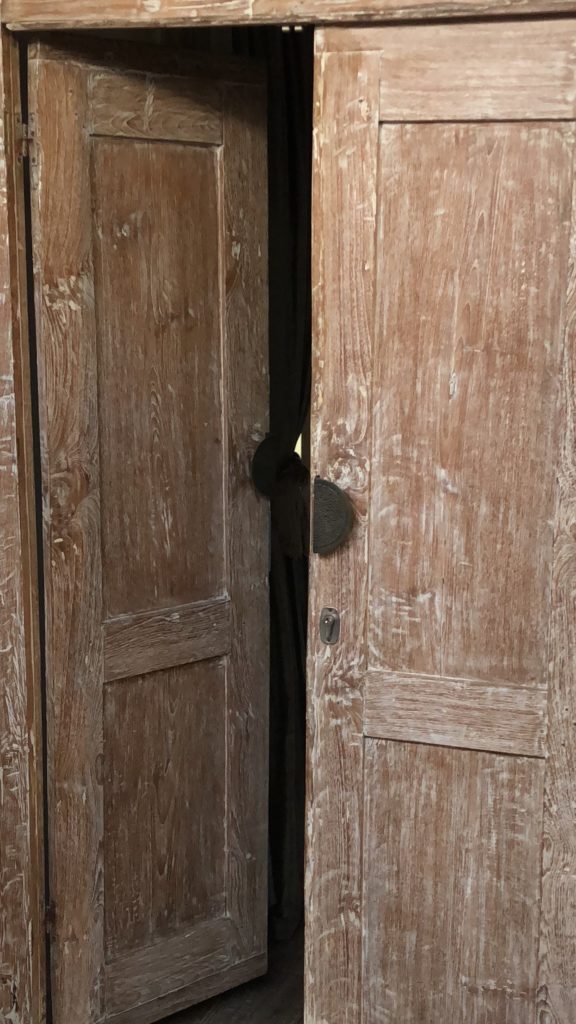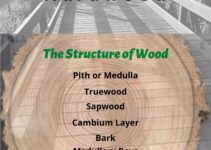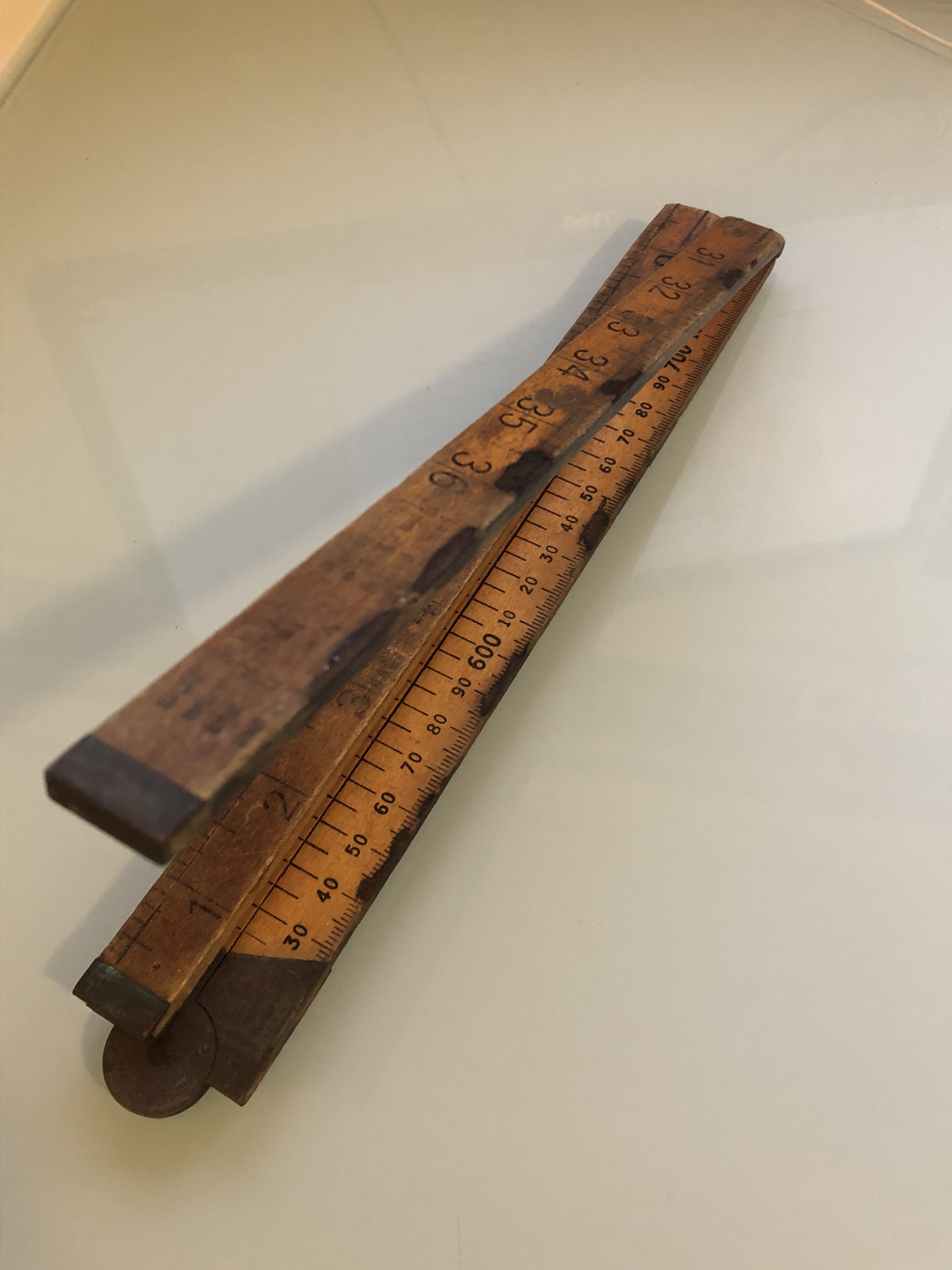When Woodworking you come across a lot of different words and terminology terms that you may not be familiar with, below I describe 23 Technical Terms used in Woodworking.

1. ROUNDED EDGE
Rounded Edge is when the full edge of the timber is removed to form a definite round corner or quadrant of a circle. Some timber moulding that have this are commonly known as Bull-nose or Pencil Round.
2. SPLAYED EDGE
Splayed Edge is when part of the edge of the board is planed to produce an angle that is generally greater than 45deg. (Greater than a Chamfer that is 45deg)
3. BEVELLED EDGE
Bevelled Edge is when the full edge of the timber is planed on an angle other than a right angle.
4. CHAMFERING
Chamfering is a larger section of the timber edge being removed by a set amount. This is normally done by hand or machine. Marks can be placed on the timber by pencil or marking gauge as a guide to plane up to.
There are two types of chamfer, a) Through Chamfer where the full length of the edge is removed and, b) Stopped Chamfer is when the chamfer stops short of either end of the length of timber.
Chamfers can be done along the end of the grain, but more care is required to ensure the plane slices the timber and does not get caught up in the grain.
Chamfers are normally at 45deg.
5. ARRIS EDGE
Arris Edge is a sharp outside edge of the timber. To Arris the Edge of a board means to remove or break this Arris. This is done either by running a plane over the edge or by using sandpaper and sandpaper block.
It is usually removed to prevent the edge from damaging items that may rub up against and help prevent the paint, varnish, oil or sealer from splitting along the sharp edge.
6. SAWING
Sawing is the cutting of wood with saws. This can be done by either by hand or machine.
7. PLANING
Planing is the dressing of timber by removing shavings of timber with a Plane. This can be done by either by hand or machine.
8. REBATING
Rebating is the cutting of a rectangular recess along the edge or along the end of the timber. It is commonly used in picture frames (to receive the glass), styles of doors (to receive timber panelling) and window sashes (again to receive glass).
These rebates are mostly done with a router or a smaller trimmer but used to be done by hand with a rebate plane.
9. GROOVING
Grooving to produce a groove, is the process of sinking a recess along the grain either on the side or on the edge of a board by planing or cutting. Cutting and planning both produce a square or rectangle groove. Other types of grooves can be a V-Groove that can be done using a router with a V-Groove bit.
Grooves that stop at both ends are called Stopped Grooves.
Grooves on the edge can be used like tongue and groove boards and grooves along the side of the boards can be used for putting the bottoms into drawers.
10. TRENCHING
Trenching on the other hand is the process of cutting a recess across the grain. If the trench extends right along the board it is called a through trench and if the trench stops at both ends, it’s called a stopped trench.
Trenches are used for shelving in a bookcase.
11. HOUSING
Housing is the fitting of one piece of timber (eg shelf) into the trench or side of another piece.
Through housing joint is when a through trench has been cut into the board and another board is fitted into it. Stopped housing is when a stopped trench has been cut into the board and the other board is cut to fit inside the trench and appear to not be cut into the board when looking at it from the front.
12. NOSING
Nosing is when the edge of timber extends past a vertical section. This is seen on stairs when the tread extends past the riser to create the step. The section of timber that extends out is called the Nosing.
13. CLEAT
A Cleat is a board, normally narrow that is fixed across a wide board to prevent it from warping or across several boards to join them together. They are fixed using nails, screws and glue.
14. PLINTH
Plinth is the piece of timber that is fixed to the base of a bookshelf, cabinetry or wardrobes that are used to keep the cupboard off the floor in place of legs.
15. ARCHITRAVE
Is the timber moulding that surrounds a door or window. It dresses the gap between the door jamb and wall and window reveal and wall.
16. HAUNCH
The Haunch is the piece of timber left on the Tenon (male) of the Mortice and tenon joint that prevents the Tenon from twisting. This Joint is then called a Haunch Mortice and Tenon Joint.
17. COUNTERSINKING
Countersinking is the process of widening the top of a drilled hole to house the head of a countersunk screw, so it sinks below the surface of the timber or even metal.
18. DRESSING A SCREW
This is when you align the screw head slot to run all the same way. If it can be done in vertical or horizontal it is best to run them in line with the grain. This gives the job a better finish.
19. WEDGING
Wedging is the process of strengthening a Mortise and Tenon joint. The Tenon is the male and the Mortice is the female. A common or Through Mortice and Tenon joint has the wedges installed from the outside and driven in to secure the joint.
A Stopped Mortice and Tenon Joint has the wedges cut into the Tenon and when the Tenon is driven into the Mortice the wedges are forced into the Tenon opening the Tenon to secure in the Mortice. This is known as Foxtail Wedging.
20. DOWELLING
Dowelling is the joining of two pieces of timber, normally along their edges by means of small round pins known as dowels, that are drilled into both pieces of timber, glued and pushed together.
21. SCRIBING
Scribing is used when two pieces of timber meet at an internal corner, one of the timbers is scribed to fit into the other to form the internal corner.
Used in skirting, picture rails and dado rails. Not only does this create a neat joint but it also has another purpose, if shrinkage of the timber occurs it helps prevents the joint from opening or separating.
22. KEYING
Keying is the strengthening of a Mitre Joint by cutting a thin saw cut into the outside corner of the join and gluing veneer in the cut.
23. MITRE
A Mitre is when two of the same section timbers are cut to dissect the desired angle.
A joint that is 90deg is called a True Mitre, like picture frame and architrave around a window or door.
Let me know of a technical term you know and use so I can add it to the list to help grow this list.
Happy Woodworking
Regards Ben



https://waterfallmagazine.com
Thanks designed for sharing such a fastidious opinion, paragraph is fastidious, thats why i
have read it fully
Hi https://waterfallmagazine.com thanks for the shout out. Glad you liked it.